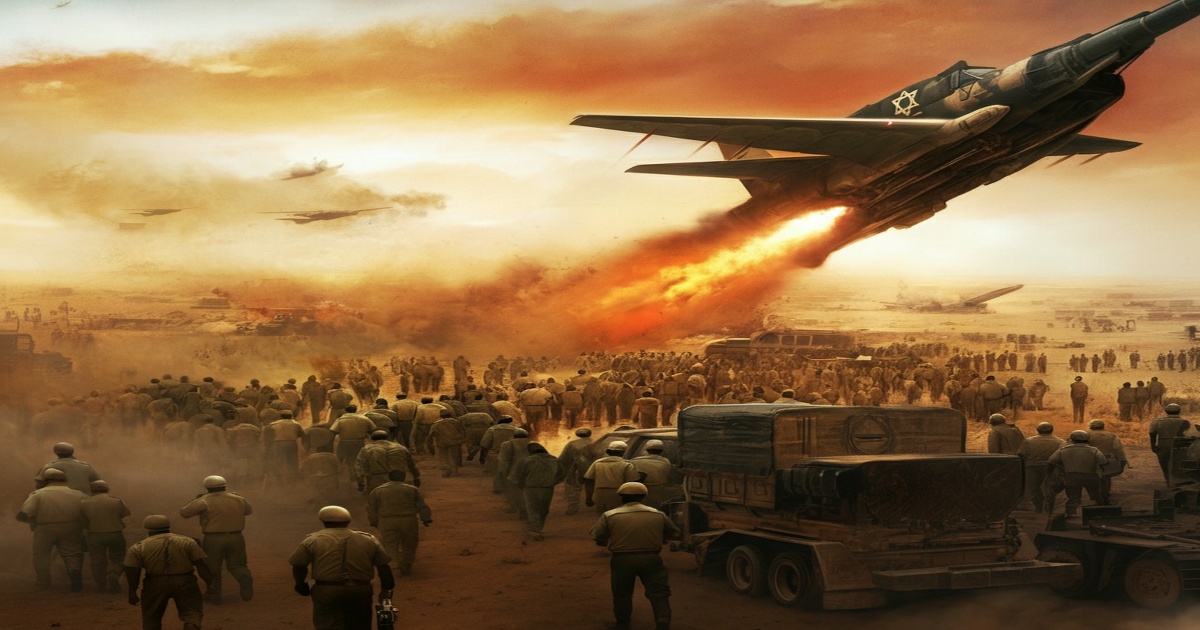On Friday, June 13th, Israel announced it had conducted strikes against Iranian nuclear and military sites. The Israeli government vowed to persist in its campaign, aiming to accomplish further objectives.
Reports indicated explosions in Tehran and at a significant uranium enrichment facility. Israel's military stated its jets targeted numerous military locations, including nuclear sites across various regions of Iran. Approximately 200 aircraft were involved in the raids, hitting around 100 targets.
In Tehran, explosions were reported, with state television showing fire and smoke emanating from a crucial site for Iran's Islamic Revolutionary Guard Corps. Damage to residential buildings and civilian casualties were also reported.
State television also confirmed that Natanz, located in Iran's central Isfahan province and housing a key nuclear facility, had been struck multiple times. Footage showed heavy smoke rising from the site. The UN nuclear watchdog verified that Natanz was among the targeted sites and was communicating with Iranian authorities and its inspectors regarding radiation levels. Additional strikes were reported against three military sites in northwestern Iran.
Iranian state media confirmed the deaths of Revolutionary Guards chief Hossein Salami and armed forces chief of staff Mohammad Bagheri in the attacks. It also reported that 50 individuals, including women and children, had sustained injuries.







1 Comments
Stan Marsh
These operations may save lives in the long run by preventing a potentially catastrophic escalation.